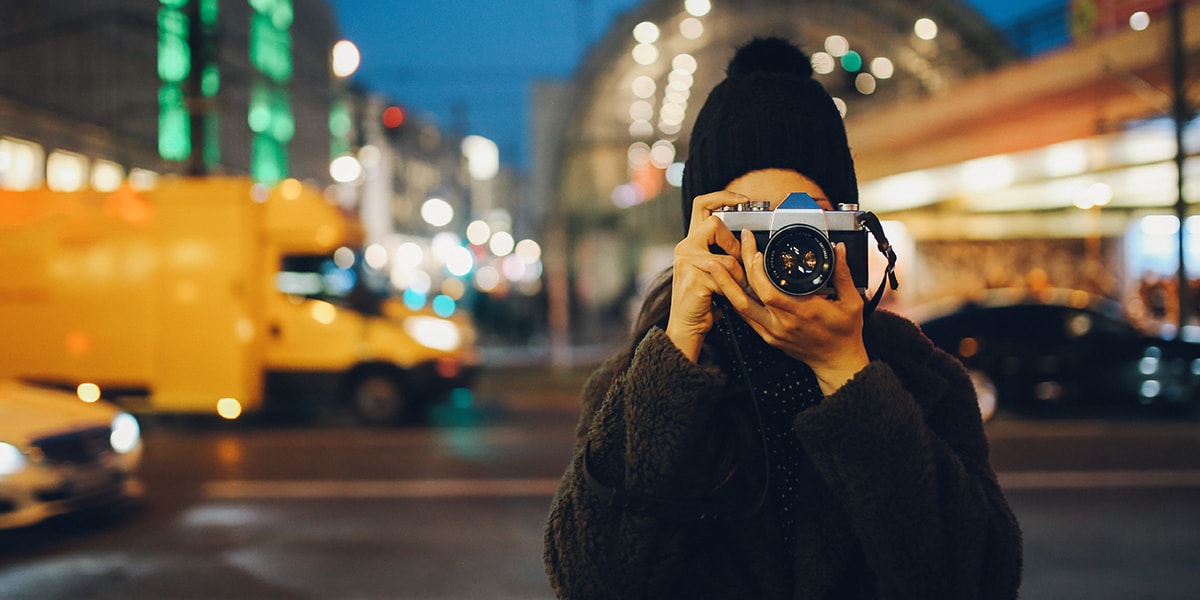Framing Streets Things To Know Before You Buy
Table of ContentsIndicators on Framing Streets You Need To KnowGet This Report on Framing StreetsOur Framing Streets StatementsThings about Framing StreetsGet This Report about Framing StreetsNot known Facts About Framing Streets
Digital photography category "Crufts Canine Show 1968" by Tony Ray-Jones Street digital photography (also in some cases called honest photography) is photography performed for art or questions that features unmediated opportunity encounters and random cases within public locations, usually with the objective of capturing images at a definitive or poignant moment by mindful framework and timing. 
His boots and legs were well specified, but he is without body or head, since these were in activity." Charles Ngre, waterseller Charles Ngre. https://experiment.com/users/framingstreets1 was the initial digital photographer to obtain the technical elegance called for to register people in motion on the road in Paris in 1851. Photographer John Thomson, a Scotsman collaborating with journalist and social protestor Adolphe Smith, released Road Life in London in twelve monthly installations beginning in February 1877
The Best Strategy To Use For Framing Streets
Eugene Atget is regarded as a progenitor, not since he was the very first of his kind, but as an outcome of the popularisation in the late 1920s of his record of Parisian streets by Berenice Abbott, who was inspired to embark on a similar documents of New York City. [] As the city established, Atget assisted to promote Parisian streets as a worthy topic for photography.

The Facts About Framing Streets Revealed
Between 1946 and 1957 Le Groupe des XV annually displayed work of this kind. Andre Kertesz. Circus, Budapest, 19 May 1920 Street digital photography created the significant material of 2 exhibits at the Museum of Modern Art (Mo, MA) in New york city curated by Edward Steichen, Five French Professional Photographers: Brassai; Cartier-Bresson, Doisneau, Ronis, click here for more info Izis in 1951 to 1952, and Post-war European Photography in 1953, which exported the principle of road photography internationally.

Getting The Framing Streets To Work
The recording machine was 'a hidden cam', a 35 mm Contax concealed underneath his coat, that was 'strapped to the breast and connected to a lengthy cord strung down the right sleeve'. His job had little modern impact as due to Evans' level of sensitivities regarding the creativity of his job and the personal privacy of his topics, it was not released up until 1966, in the book Many Are Called, with an intro written by James Agee in 1940.
Helen Levitt, after that an instructor of kids, connected with Evans in 193839. She recorded the temporal chalk drawings - Lightroom presets that belonged to youngsters's street society in New york city at the time, along with the kids that made them. In July 1939, Mo, MA's brand-new digital photography area included Levitt's job in its inaugural exhibitionRobert Frank's 1958 book,, was considerable; raw and typically indistinct, Frank's images questioned conventional photography of the moment, "challenged all the formal policies put down by Henri Cartier-Bresson and Walker Evans" and "flew in the face of the wholesome pictorialism and wholehearted photojournalism of American publications like LIFE and Time".